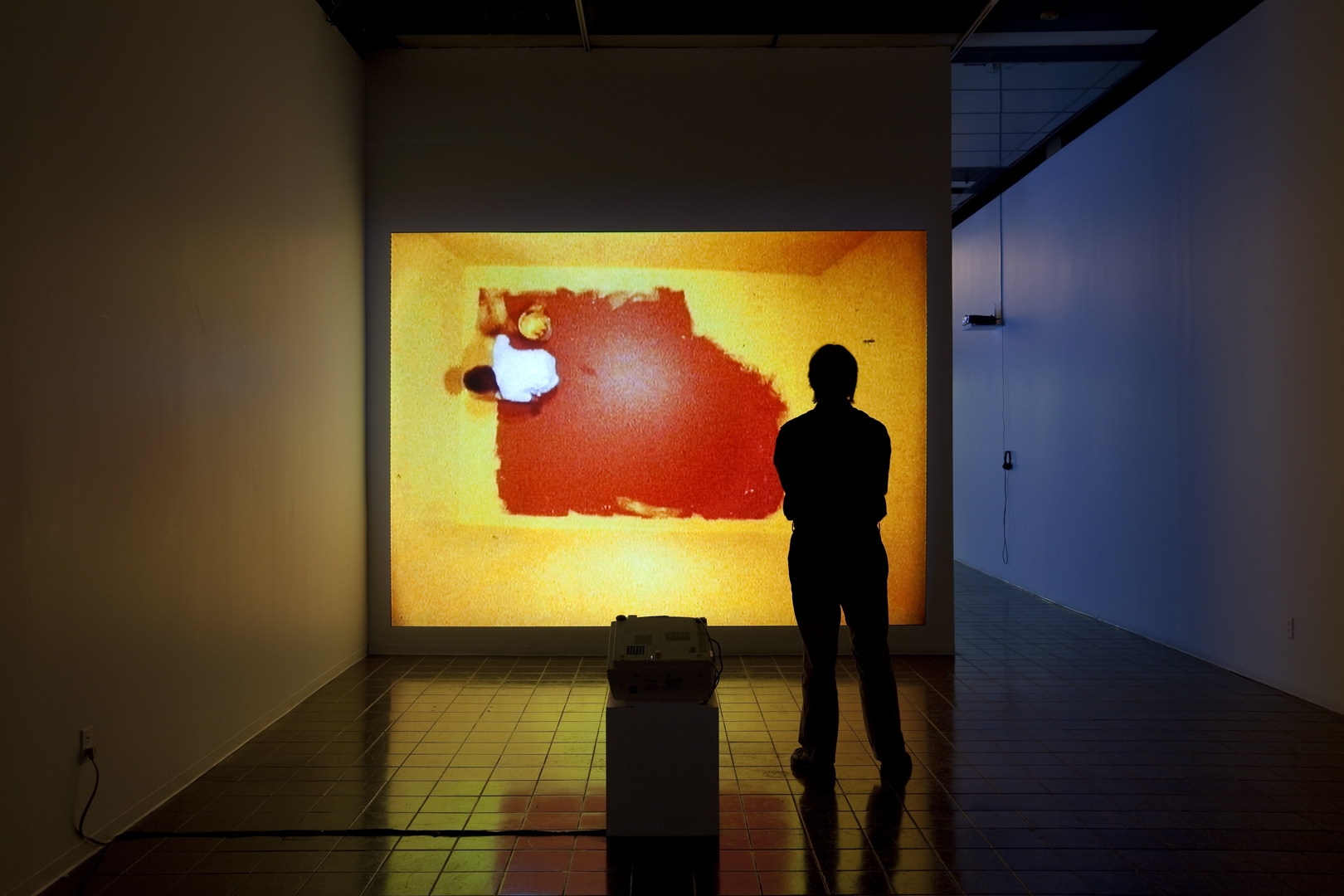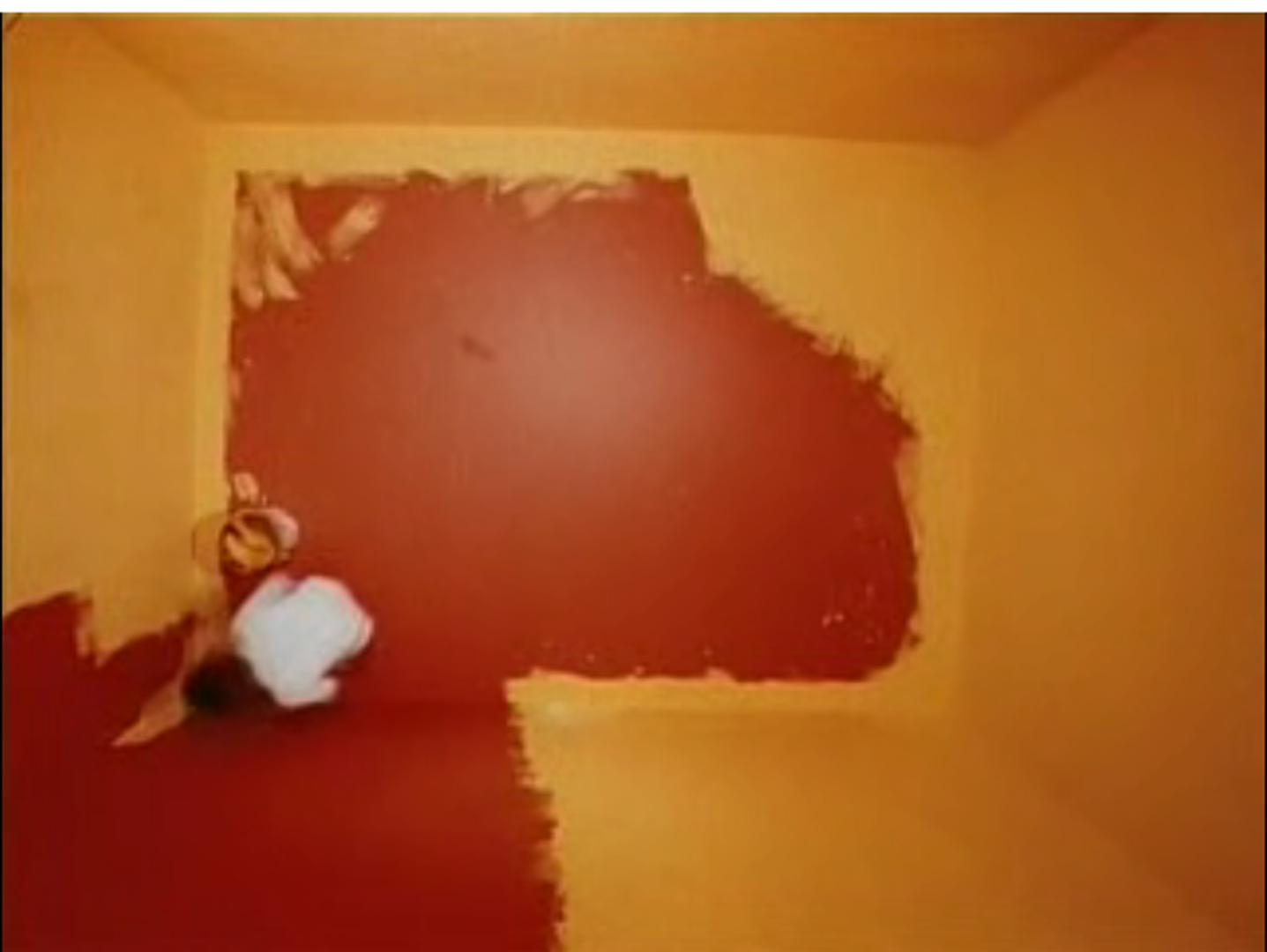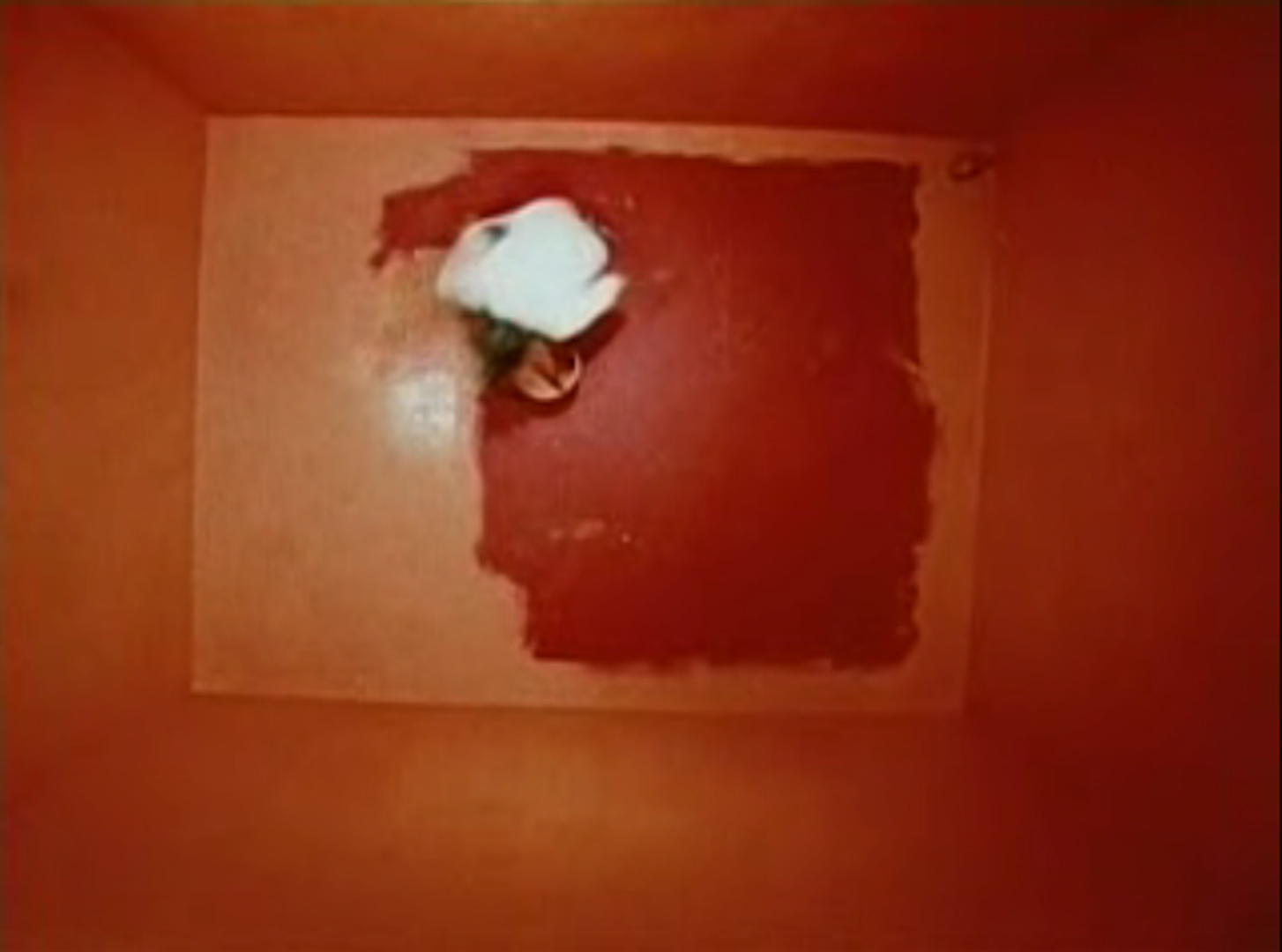John Baldessari
Films et vidéos des années 1970 /
1970s Film and Video Work
VOX, centre de l’image contemporaine
« All art comes from art », soutient John Baldessari. L’artiste de Los Angeles a souvent été considéré comme l’un des représentants les plus importants de l’art appropriationniste de la Côte ouest américaine. Pourtant son travail, plus particulièrement ses films et ses vidéos, ne repose pas sur le simple geste de s’approprier une image ou un texte déjà existant et de le recontextualiser. Baldessari traite plutôt le matériel approprié comme un problème. À cette manière de problématiser l’art s’ajoute une attitude impertinente qui situent ses œuvres des années 1970 dans une tradition conceptuelle marquée par un humour pénétrant absolument délectable.
Films et vidéos des années 1970 /
1970s Film and Video Work
2010.04.01 — 2010.05.01
VOX, centre de l’image contemporaine
« All art comes from art », soutient John Baldessari. L’artiste de Los Angeles a souvent été considéré comme l’un des représentants les plus importants de l’art appropriationniste de la Côte ouest américaine. Pourtant son travail, plus particulièrement ses films et ses vidéos, ne repose pas sur le simple geste de s’approprier une image ou un texte déjà existant et de le recontextualiser. Baldessari traite plutôt le matériel approprié comme un problème. À cette manière de problématiser l’art s’ajoute une attitude impertinente qui situent ses œuvres des années 1970 dans une tradition conceptuelle marquée par un humour pénétrant absolument délectable.




“All art comes from art,” John Baldessari has insisted1. Although the Los Angeles artist has often been
viewed as one of the most important representatives of West Coast
“appropriationism,” his works—especially his films and videos—are not informed
merely by the action of appropriating and recontextualizing existing images or
text. Rather, Baldessari treats the appropriated material as a problem. This
manner of problematizing art was accompanied by an impertinent attitude that
locates his 1970s output within a conceptual tradition, marked by an incisive
humour that is absolutely delectable.
A work of art is clearly a tangible
presence, but it also produces discourse capable of taking different forms.
Exhibition is its principal manifestation, although its other modes of
existence — documentation, description, commentary — can contribute to
expounding and, significantly, transforming its intent. For, as André Malraux
so aptly remarked, “metamorphosis is not a matter of chance; it is a law
governing the life of every work of art”. The work of art is modified by the effect of time and
its reception changes according to the sense attached to it by audiences and
commentators, as well as artists. It also changes according to the context in
which it is presented or its relationship with the practices which come after
it. “Art dœs its work”, Gérard Genette would say; it has plural modes of
existence.
This exhibition, which takes the
metaphorical form of a cabinet — a place where works of art or curious objects
are gathered with the intent of stirring our passion for knowledge — seeks to
explore the power of presenting works in relative proximity to one another,
thereby creating connections, sometimes obvious and at others unexpected, which
help render their modus operandi even more intense. This is the sort of “art
looking at art” that has been described as reflexive. Like an exercise in
memory or familiarity, this presentation also encourages a reading — by no
means chronological — both circular and specular and facilitates multiple and
overlapping connections. It also produces a promiscuity which stimulates
dialogue and encounters between works of art with diverse aesthetics and from
different periods.







